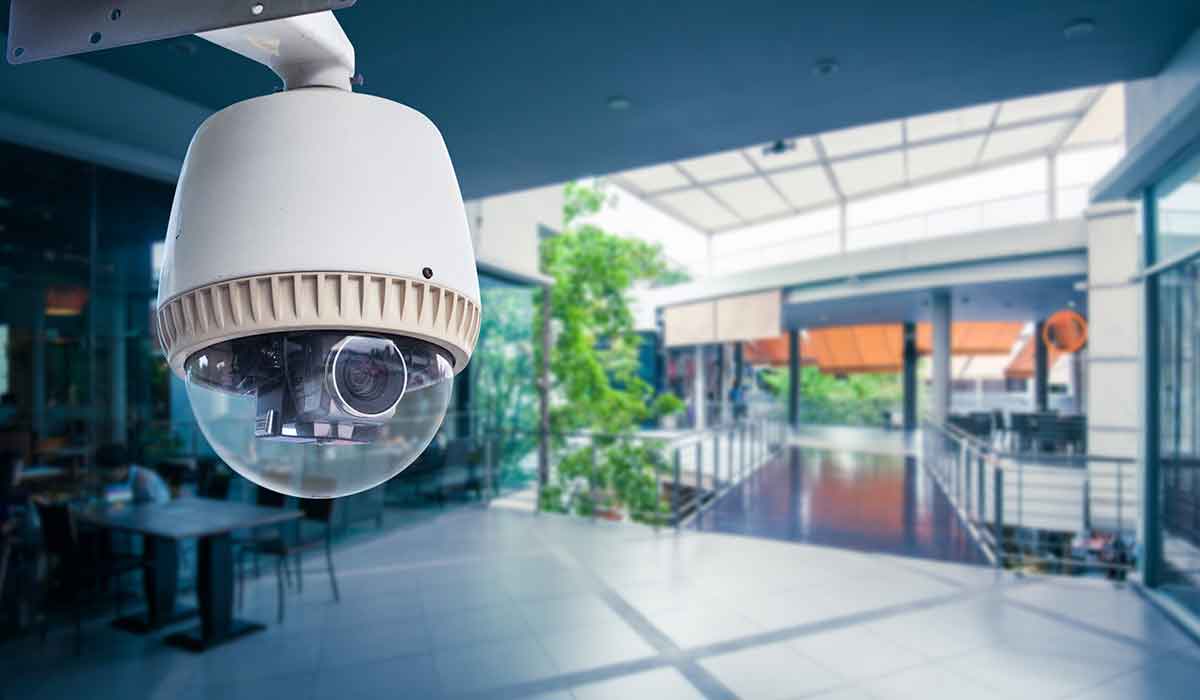Connected surveillance cameras bring safety & security
There are several aspects to our Safety & Security investing theme, one of which is being proactive vs. reactive, which we see as one of the differences between “security” and “defense.” While the headlines over the last few years have focused on body-cameras, we are seeing the coming together of our Connected Society and Safety & Security investing themes as cities look to curb crime and make their streets safer.
There has been some debate over this strategy, but from our perspective more video to search means the development and usage of other tools that mesh with our Disruptive Technologies investing theme. The way in which we communicate, transact and consumed content has changed dramatically over the last two decades, and it appears that law enforcement is catching up.
Surveillance cameras are an inescapable fixture of the modern city. Law enforcement agencies have deployed vast networks to guard against terrorism and combat street crime. But in Newark, the police have taken an extraordinary step that few, if any, other departments in the country have pursued: They have opened up feeds from dozens of closed-circuit cameras to the public, asking viewers to assist the force by watching over the city and reporting anything suspicious.
The Citizen Virtual Patrol, as the program is called, has been hailed by officials as a move toward transparency in a city where a mistrust of the police runs deep, rooted in long-running claims of aggressive enforcement and racial animosity. The cameras, officials said, provide a way to recruit residents as Newark tries to shake a dogged reputation for violence and crime. “This is part of building a partnership,” said Anthony F. Ambrose, who, as public safety director, oversees the city’s police and fire operations. Since the program started about a month ago, he said, 1,600 users have signed into the website, and residents have been lobbying the department to add more cameras in their neighborhoods.
Police agencies around the world have turned to video-monitoring technology to give them fly-on-the-wall views of their cities. In Chicago, the police have established surveillance centers where officers can watch incoming feeds from some 30,000 closed-circuit cameras.
Still, criminologists and surveillance experts say research has shown that cameras have had a limited influence in deterring crime. The devices can be hugely beneficial after a crime, however, helping investigators to understand what happened and to identify suspects. In New York, surveillance video was cited as an important aid in tracking down the man later convicted of setting off a bomb in 2016 in the Chelsea neighborhood of Manhattan.
Source: In Newark, Police Cameras, and the Internet, Watch You – The New York Times


